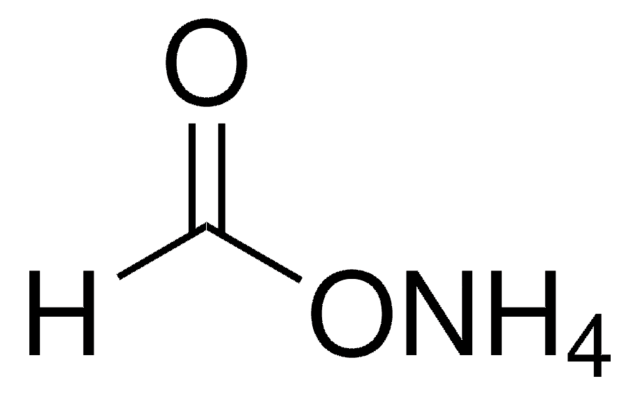ABS2090
Anti-ICDH
serum, from rabbit
Sinônimo(s):
Isocitrate dehydrogenase, ICDH (NADP), IDH
About This Item
Produtos recomendados
fonte biológica
rabbit
Nível de qualidade
forma do anticorpo
serum
tipo de produto de anticorpo
primary antibodies
clone
polyclonal
reatividade de espécies
E. coli, Legionella pneumophila
embalagem
antibody small pack of 25 μL
técnica(s)
western blot: suitable
Isotipo
IgG
nº de adesão GenBank
Condições de expedição
ambient
modificação pós-traducional do alvo
unmodified
Descrição geral
Especificidade
Imunogênio
Aplicação
Signaling
Western Blotting Analysis: A representative lot detected ICDH in E. Coli cell lysate (Xu, L., et. al. (2010). PLoS Pathog. 6(3):e1000822; Lu, C., et. al. (2016). Sci Signal. 9(412):ra11).
Qualidade
Western Blotting Analysis: A 1:10,000 dilution of this antibody detected ICDH in 20 µL E.Coli cell lysate.
Descrição-alvo
forma física
Armazenamento e estabilidade
Outras notas
Informações legais
Exoneração de responsabilidade
Não está encontrando o produto certo?
Experimente o nosso Ferramenta de seleção de produtos.
Código de classe de armazenamento
12 - Non Combustible Liquids
Classe de risco de água (WGK)
WGK 1
Ponto de fulgor (°F)
Not applicable
Ponto de fulgor (°C)
Not applicable
Certificados de análise (COA)
Busque Certificados de análise (COA) digitando o Número do Lote do produto. Os números de lote e remessa podem ser encontrados no rótulo de um produto após a palavra “Lot” ou “Batch”.
Já possui este produto?
Encontre a documentação dos produtos que você adquiriu recentemente na biblioteca de documentos.
Nossa equipe de cientistas tem experiência em todas as áreas de pesquisa, incluindo Life Sciences, ciência de materiais, síntese química, cromatografia, química analítica e muitas outras.
Entre em contato com a assistência técnica







